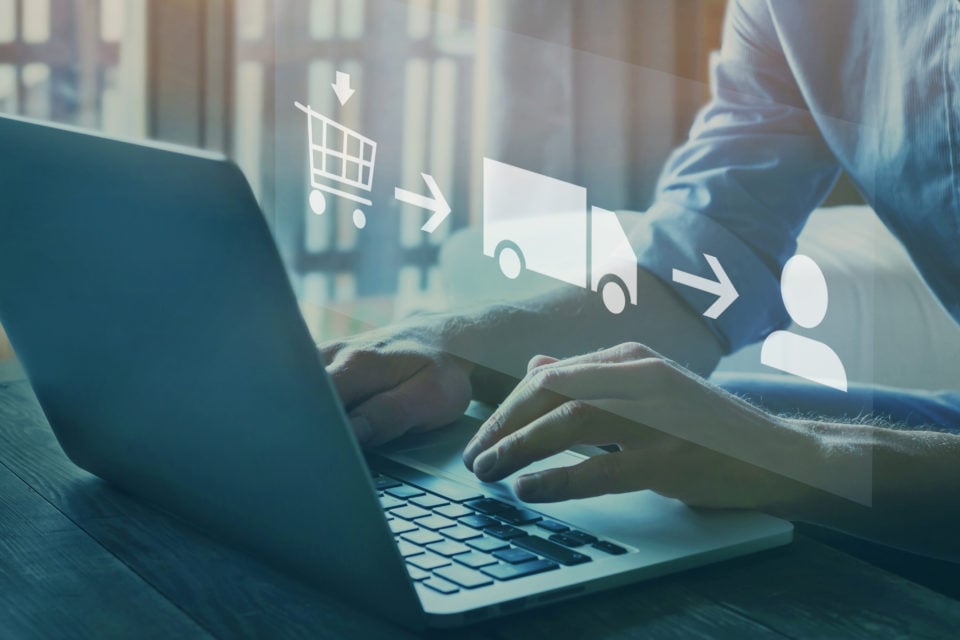Supply Chain is a Customer-Facing Function (Now More Than Ever)

This article was originally published on Retail TouchPoints.
Historically, in its most simple definition, the “supply chain” division of retail was the one in charge of getting stuff in, maybe storing it for a while — maybe not (cross-docking) — and then getting whatever stuff they did store out to brick-and-mortar locations to be sold to the masses.
While this may be an oversimplification of the supply chain’s purpose, my intention is not to diminish its importance or understate the complexity, risk and attention required to ensure the supply chain is functioning, let alone optimized. It requires the coordination of hundreds of people, of vendors that include overseas manufacturers, freight forwarders and local transportation companies, along with teams of back office and warehouse personnel all working like links in a … well … chain.
Hey, that’s why they call it supply chain!
When it works, we as consumers go about our daily business barely batting an eye at the availability of thousands of SKUs of products, made halfway around the world and neatly stocked in stores (and more in warehouses), available for us to purchase on a whim, be it a bicycle, a package of toilet paper, bread flour, a new pair of sweatpants or a webcam. Also, being consumers, probably not truly understanding what it takes to make these products so readily available and in abundance. Supply chain can be likened to the fresh air we breathe: When it’s there, we barely notice it and even take it for granted. But when it’s not…
But that’s the “old” version of a retail supply chain, when the last mile meant delivering to a corporate store. If the shipment was late, maybe someone had to get up earlier to stock the shelves, or a customer or two couldn’t find what they wanted and had to go to a different store. While this is not optimal, the impacts of supply chain “failures” were blunted by there being an indirect impact on the customer, with the store and its associates acting as a buffer.
Enter omnichannel commerce — and an extra layer of service and complexity over your existing supply chain operation. Unlike with Netflix phasing out DVD delivery and focusing on streaming, with e-commerce you can’t just forget about your other channel (the stores). You need to do both. Perfectly. And at the same time.
With omnichannel comes inventory visibility in stores, the convergence of physical and digital, and of course, the famous ‘last mile.’ And it’s a tall order. Customers expect their retail order management to be complete, accurate, not damaged, consolidated, with free shipping on the same day, the next day or on time when you said they’d get it. They want to know where it is in the fulfillment process. And then when they finally get it, they want to ship it back to you … for free!
Is there a new division of a retailer that is responsible for all this additional complexity? Nope. It’s still supply chain. Also, the buffer of a store between the supply chain and the customer is gone and the relationship is now direct. When an order is shipped and the wrong size is in the box, or it’s split into multiple different shipments or an item is missing or it’s two days late, it’s the supply chain folks who are directly responsible.
So while we can argue that supply chain was ALWAYS a customer-facing function (without products on the shelves, there’s really no business to run, and stockouts impact the customer experience), it now has the spotlight shining squarely on it because of this direct relationship with the customer that has come about with the age of ecommerce and home delivery.
For supply chain leaders, this new reality means they must take a more customer-centric approach to the discipline, working closely with internal experts (customer experience, marketing, sales, store operations) and recognize that they are no longer lurking backstage — they’re now the stars of the customer-facing show.




